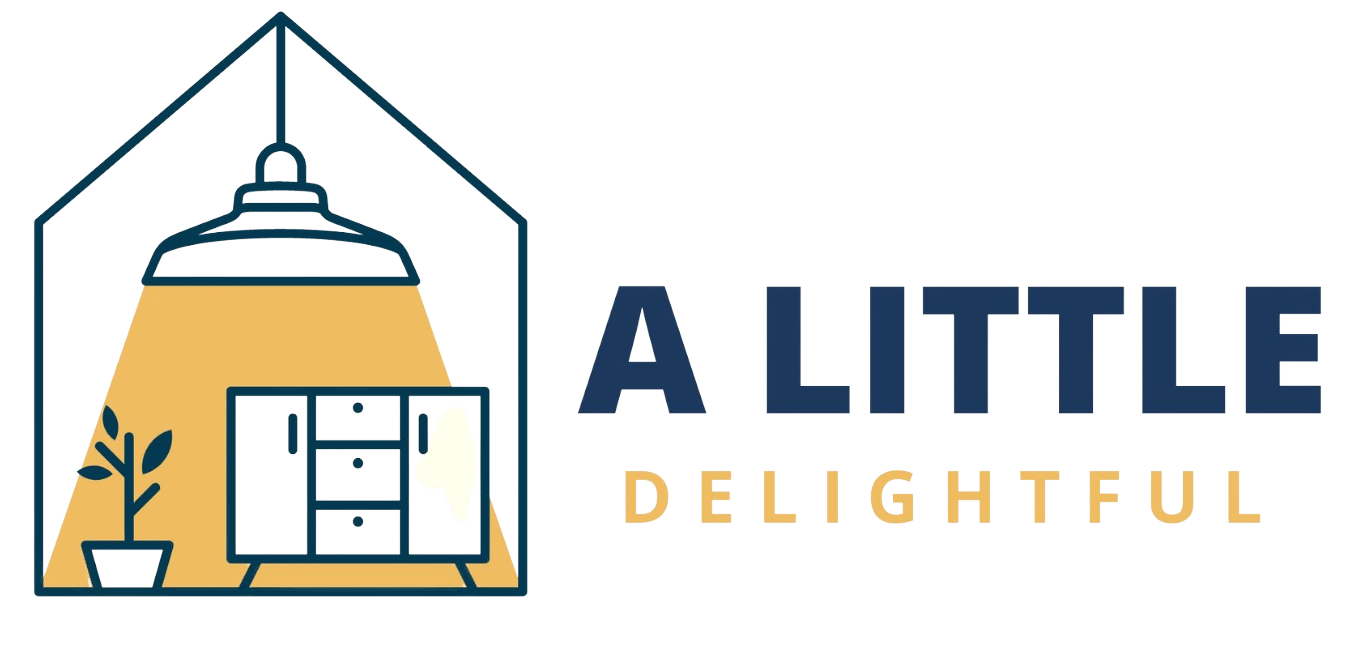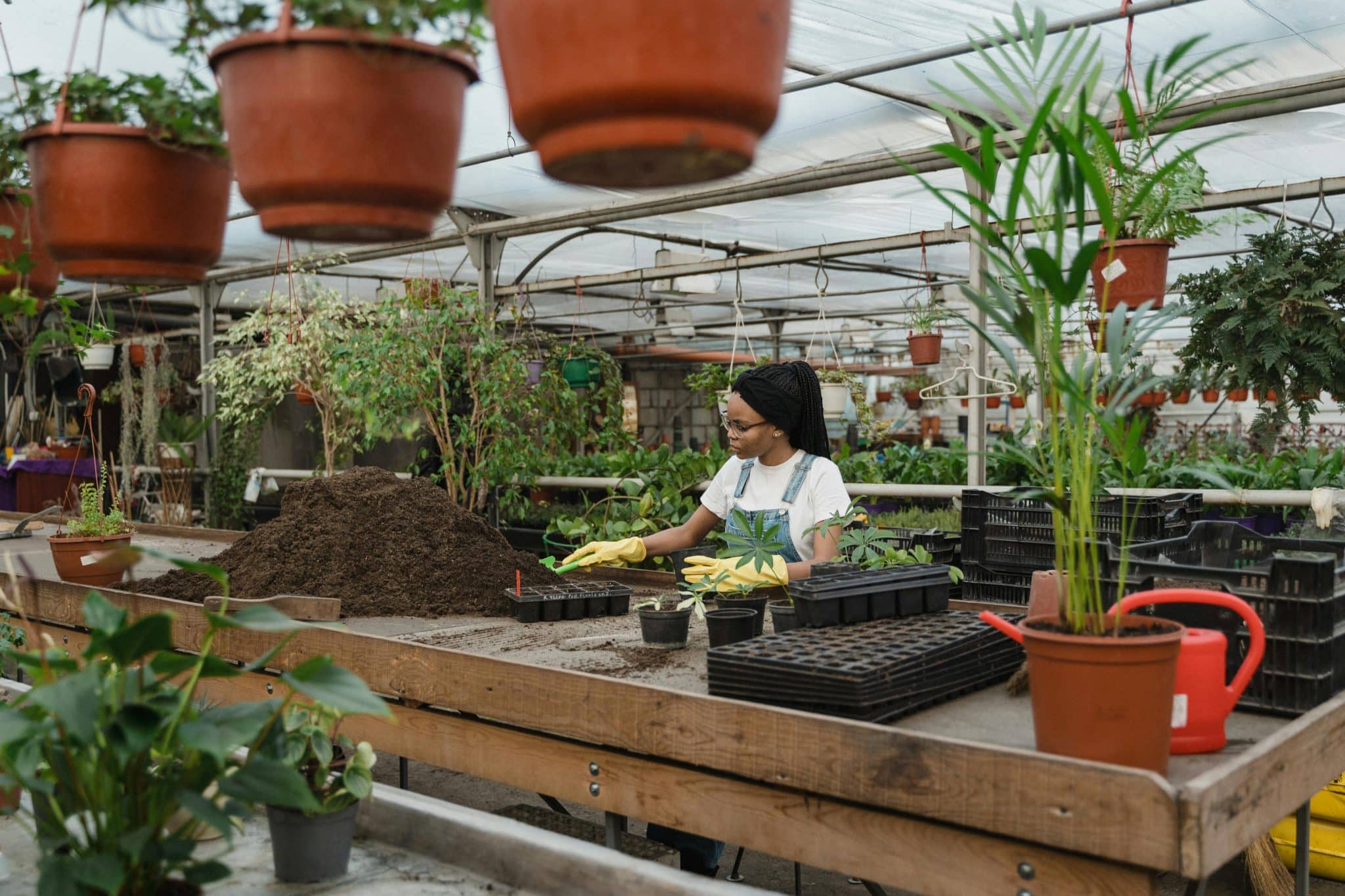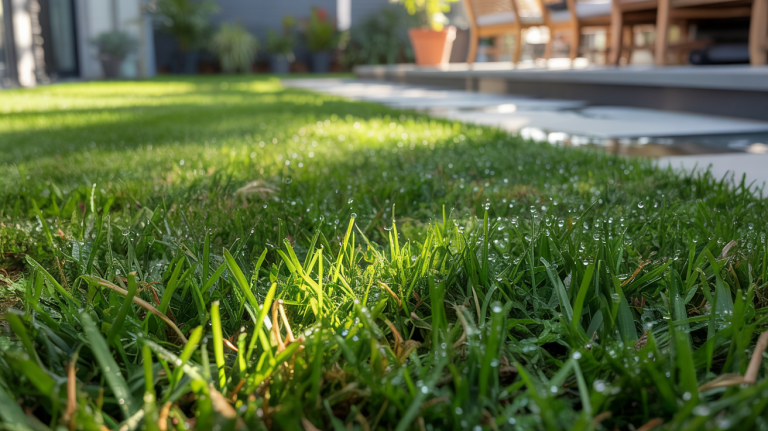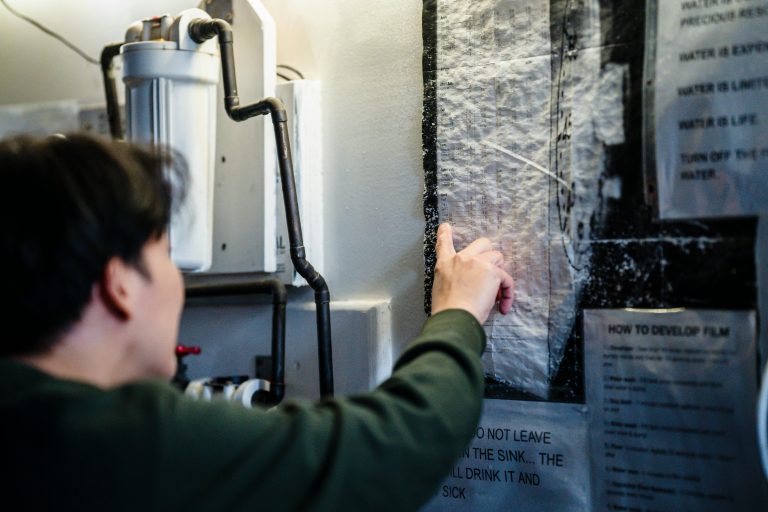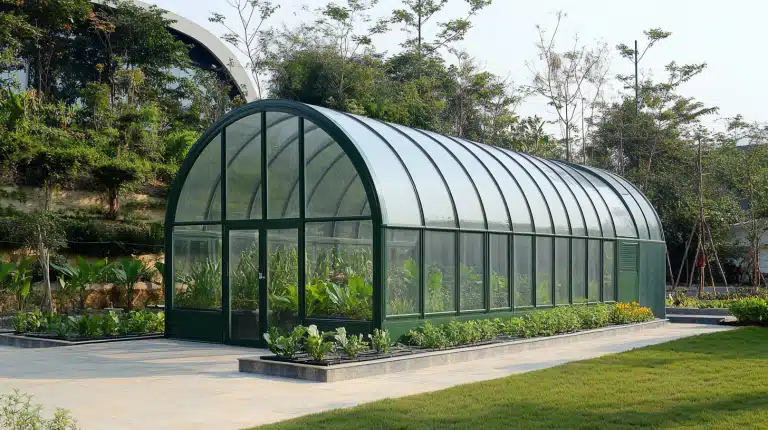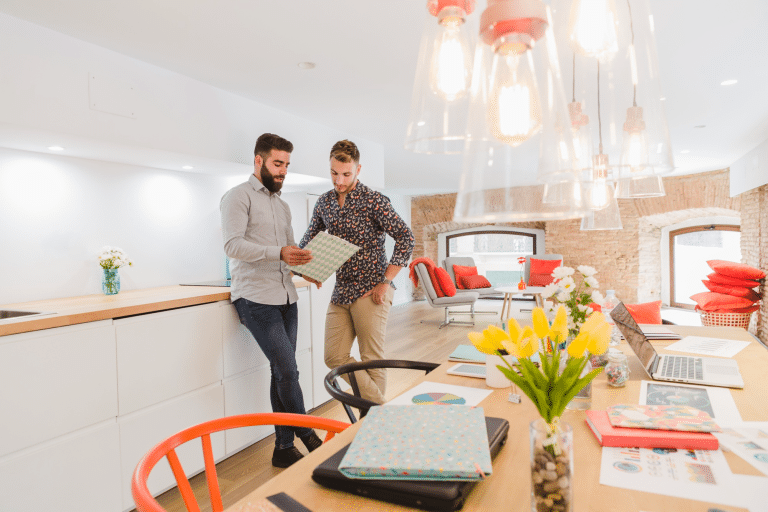Are Homeowners Reimagining the Greenhouse as a Year-Round Living Space?
The word “greenhouse” once conjured a very specific image: rows of tomatoes, carefully misted orchids, and raised beds filled with vegetables—housed in glass structures meant solely for plants. But in 2025, that image is expanding fast.
Across the country, homeowners are rethinking what a greenhouse can be. No longer just a zone for cultivation, it’s becoming a hybrid space—a sunlit sanctuary where botany meets lifestyle. Whether it’s a breakfast nook draped in vines or a yoga room flanked by fig trees, the greenhouse is evolving from utility to experience.
And for many, this evolution is being driven not by gardening trends, but by broader shifts in how we live, work, and connect with the natural world.
The Pandemic Planted the Seeds
The transformation didn’t happen overnight. It began, perhaps unsurprisingly, during the early days of the pandemic, when time at home pushed people to rediscover their backyards and rethink their living spaces. Gardening surged. So did the desire for more light, more air, and more greenery indoors.
People started converting porches, sunrooms, and spare rooms into lush sanctuaries. But for those who wanted to go further—who wanted a space that truly felt alive—greenhouses became the ultimate answer.
Not the sprawling commercial kind, but tailored residential structures designed to blend the boundaries between inside and out. These weren’t just built for seedlings. They were built for people.
Wellness Meets Architecture
There’s a growing awareness that environment affects mental and physical health. Exposure to natural light, greenery, and fresh air improves mood, enhances productivity, and reduces stress. This idea, central to the “biophilic design” movement, is now influencing home architecture in surprising ways.
Greenhouses fit perfectly into this mindset. They offer shelter, sunlight, and nature in one package. With high-insulation glazing, retractable windows, and modular climate controls, modern greenhouses can be just as comfortable as a traditional room—only much more alive.
In colder regions, they act as passive solar rooms, capturing heat in the winter months and reducing energy usage. In temperate zones, they extend the use of outdoor space through all seasons.
And increasingly, they’re being designed to do more than just house plants. They’re built for tea, for conversation, for reading, even for remote work.
Hybrid Greenhouses: A Lifestyle Upgrade
This hybrid use case—part botanical haven, part personal retreat—is what’s fueling a new wave of interest in attached greenhouses. Rather than isolated garden structures, these are seamlessly integrated into the home’s footprint. Think glass corridors lined with citrus trees, or dining areas surrounded by vertical garden walls.
Aesthetically, these greenhouses provide dramatic architectural statements. Functionally, they expand square footage with high natural light and low environmental impact.
And unlike traditional home additions, they offer a unique value proposition: lifestyle enhancement through immersion in nature. As sustainability and personal wellness continue to shape homeowner priorities, that’s a powerful combination.
Challenges and Considerations
Of course, repurposing a greenhouse into a livable space isn’t without its challenges. Humidity control becomes essential. Ventilation, shading, and heating systems must be carefully planned to accommodate both plants and people. Flooring materials must withstand moisture, and furniture choices must balance comfort with resilience.
Then there’s zoning. Depending on the jurisdiction, attached greenhouses that blur the line between indoor and outdoor space may require special permitting or variance requests. However, for those willing to navigate these hurdles, the payoff is significant.
Architects are beginning to specialize in these blended-use designs, offering customized structures that suit specific lifestyle needs while preserving the integrity of the greenhouse environment.
The Future of Domestic Green Spaces
So what does this all mean? It signals a future where the greenhouse is no longer an afterthought for hobbyists, but a core component of sustainable home design. It’s not just a space for seedlings—it’s a stage for living.
Homeowners are reclaiming the greenhouse as a sensory experience, a wellness tool, and an architectural expression. And in doing so, they’re breathing new life into a space once confined to the gardener’s imagination.
As climate resilience, self-sufficiency, and sustainable design continue to influence how we shape our homes, it’s likely we’ll see more variations of these integrated greenhouse concepts—from microstructures for apartment balconies to expansive installations like the Arcadia Attached Greenhouse that anchor modern eco-conscious residences.
Final Thoughts
The greenhouse is having a moment—not as a throwback to pastoral life, but as a progressive reimagining of how humans and plants can thrive side by side. In a world increasingly disconnected from nature, homeowners are carving out green sanctuaries where life can literally and figuratively flourish.
So maybe the question isn’t whether the greenhouse is changing. Maybe the real question is whether we are finally giving it the role it always deserved.
